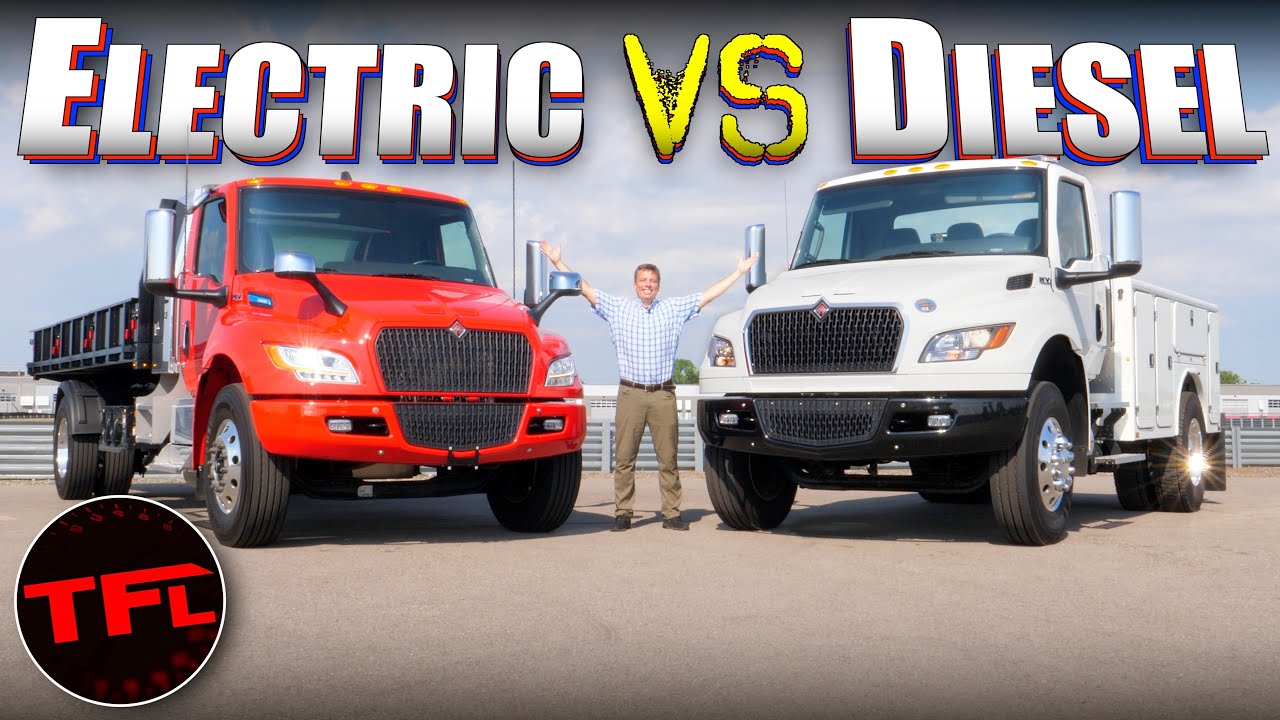I want to highlight the fine print that this comparison from the 2017 Semi unveiling was based on $2.50/gallon diesel prices. Current diesel price in the US is now $5 and $4 is more of the long term average.
The economics of Tesla Semi were compelling in 2017 with the stated specs, but now the value proposition is overwhelming.
As Elon made clear in the presentation, this comparison is also for continuous 60 mph highway operation with a full load which is the most generous case for comparing with diesel trucks. Just as with a passenger EV like a Model Y, the energy efficiency advantage over an ICEV is greater in city driving than highway because that’s where regenerative braking shines. 40-ton tractor-trailers have a pretty decent ratio of air drag per ton because of their long, skinny (albeit boxy) form, which diminishes the relative efficiency advantage of a Tesla motor vs a Cummins engine. In driving with more stops and starts, the advantage of using the kinetic energy of that 40 tons of mass to recharge the battery instead of burning the (expensive) brakes is huge. The Tesla Semi does take advantage of eliminating the engine block to make the drag coefficient better, but the point remains that the Semi’s competitive advantage is stronger in city driving. I will do the math from scratch soon to try to estimate energy consumption for the semi in various use cases.
Thus, the short-haul Semi with the 300-mile range is going to be devastating for the diesel competition because it will tend to serve routes within greater metro areas with more traffic, turns, stoplights, loading stops, etc and with less highway cruising. Likewise for any derivative short-range trucks Tesla eventually makes for smaller truck classes.








